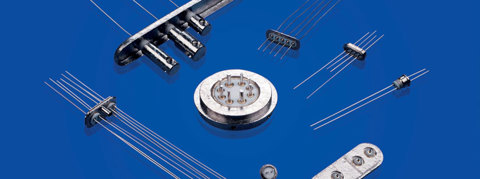Technical Ceramics

Biocompatibility
The biocompatibility of a material or device refers to its ability to provide the intended function within the patient without causing any undesirable effects in the patient.
Contact usFor active implanted devices, such as a cochlear implant or a neurostimulator, to be biocompatible the device needs to be both bioinert and hermetic.
Bioinert is a term used to describe materials that won’t cause an immunological response by the patient’s body, nor a toxic response that causes damage to or destruction of the body’s cells.
Hermetic, in the context of an implanted service, means the device will not allow moisture into the device that would disrupt its function with the patient’s body.

Alumina Ceramics
Alumina ceramics are often used as the electrical insulator surrounding the conductive connectors that transmit signals into and from the implanted device. These brazed alumina connector assemblies are known as feedthroughs, or feedthrus, and must be both hermetic and bioinert.
Enclosures
Another biocompatible ceramic component of active implants is the alumina or zirconia enclosure (or “can”) that contains the electronics and battery of the active implant. Often the can is titanium, but increasingly ceramics are being specified due to their transparency to RF signals.




